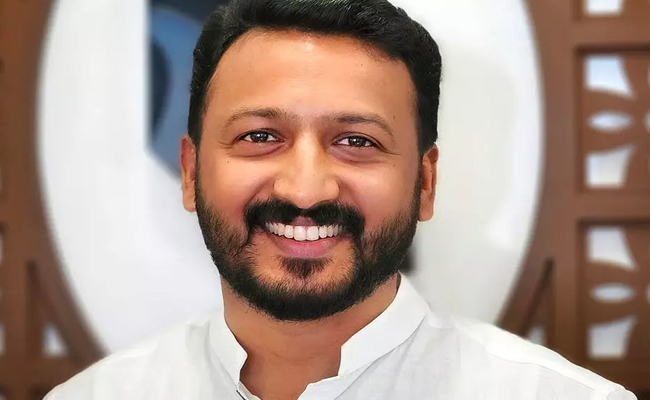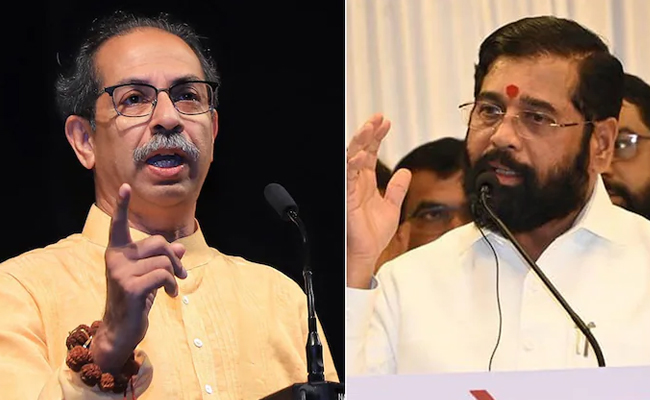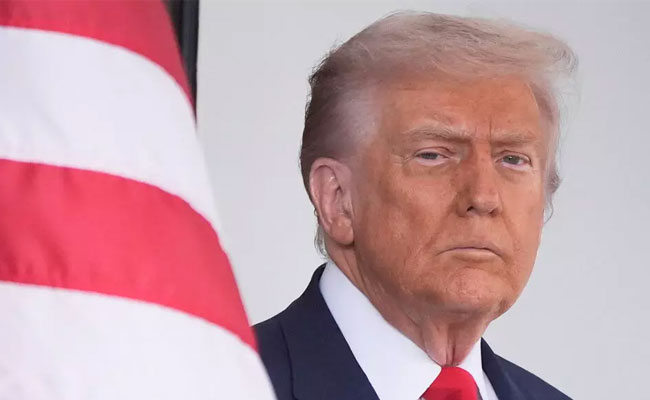New Delhi (PTI): Citing significant inconsistencies and lack of accountability in the referral process, the Union Health Ministry has for the first time issued interdepartmental referral guidelines for hospitals to facilitate better communication and cooperation.
The 'Guidelines for Inter-Departmental Referral (within hospitals)' stress that referrals should be initiated promptly as and when patients require specialised care, diagnostic evaluations or consultations beyond scope of admitting department.
The referral for a consultant's opinion should only be written by consultants and that post graduate residents should not close referrals on their own without discussing with their consultants, the guidelines released on June 7 stated.
Consultant on call should review the referral record attended to by his team the previous day, a step which will help improve patient care and enhance learning of residents.
The referral process is a crucial component of high-quality patient care in any medical institution, Director General of Health Services, Union Health Ministry, Dr Atul Goel said in the document.
Problems such as poor coordination and communication, unclear procedures, non-standardised formats, and inadequate training for healthcare professionals are common and they ultimately can potentially harm a patient, Dr Goel said.
The roles of various professional levels are often undefined, resulting in gaps in patient care, he stated highlighting many patients who visit hospitals have multiple co-morbidities and need a multi-disciplinary approach.
The document said a robust and efficient referral mechanism should be an essential part of training of residents as well. After residency as they enter a healthcare setup to practice, this training will be very useful for them.
However, problems can arise in any inter-departmental referral process, including --delays in processing/attending of referrals, breakdown in communication, and variations in referral practices across departments, it said.
To address these challenges, hospitals must implement standardised referral protocols, streamline referral work flows, and provide education and training to healthcare providers and staff involved in the referral process.
"Currently, with no clear guidelines in place, it has been observed that there exist heterogeneous referral mechanisms. Every department and individual have their own way of sending and attending referrals. The documentation is also variable and inconsistent.
"There are delays in attending to referrals which can affect patient care adversely. Mostly junior residents (first or second-year post-graduates) see referrals where higher order inputs may actually be required. There are conflicts between departments regarding referrals which are mostly rooted in lack of communication," the document stated.
The guidelines stated that departments can prepare a roster with names of officers in various units with contact numbers and availability of units on different days, time; place where referral needs to be sent.
This should be available on website as well as circulated within the institution.
The referral should help patient management without burdening the referring department with a huge list of investigations. Any investigation by the referral team should be completely justified from the diagnosis offered, the guidelines said.
Among the Do's, the guidelines said referrals should be documented accurately and comprehensively, including relevant clinical information, expected outcome from referral, patient preferences, and any other specific instructions.
"Communicate clearly and effectively with receiving departments, providing necessary clinical information and patient context to facilitate appropriate evaluation and management," it said.
The guidelines emphasised following up on referrals and coordinating care transitions, ensuring that patients receive necessary follow-up appointments, treatments, and interventions.
It also calls for seeking feedback from referring providers and receiving departments to identify areas for improvement and enhance the efficiency and effectiveness of the referral process and prioritising patient-centred care, considering patients' preferences, values, and treatment goals in referral process and treatment planning.
Among the dont's, the guidelines said not to delay referrals unnecessarily as this may compromise patient care and lead to adverse outcomes.
"Don't omit essential clinical information or documentation when initiating referrals as this may impede the receiving department's ability to provide appropriate care. Don't assume that all referrals are routine or non-urgent; carefully assess each patient's clinical presentation and urgency to determine appropriate level of prioritisation," the guidelines said.
"Don't hesitate to escalate urgent referrals or seek assistance from senior colleagues or hospital administrators if there are delays or barriers to timely referral processing," it said.
The document stated that special situations may arise during follow-up of referrals that require particular attention and handling for example if a referral is denied or rejected by the specialist or receiving department, the reasons for such denial to the referring department with alternative options for care should be communicated.
If the patient fails to attend the scheduled referral or is not on bed, patient/treating team should be followed up to determine reasons for non-attendance and address any barriers or concerns, it added.
Let the Truth be known. If you read VB and like VB, please be a VB Supporter and Help us deliver the Truth to one and all.
Bengaluru (PTI): Three youths lost their lives in a road accident near Agalakote village under Devanahalli Traffic Police near here on Saturday, police said.
The incident happened when their two-wheeler lost control and jumped a median, and they were run over by a lorry, they said.
According to police, all the three were said to be college students. While one was 20 years of age, the other two are said to be 19 years old.
The youth who was riding the two-wheeler, along with his two friends as pillions, was allegedly riding it at a high speed, they said.
While negotiating a curve, he lost control of the vehicle, which hit the median and jumped over to the other side, throwing the three on the opposite road lane. The lorry that was allegedly speeding ran over them, killing all of them on the spot.
Police have registered the case and have named both -- the person riding the bike and the lorry driver -- in the FIR, officials said, and added that further investigation is underway.





